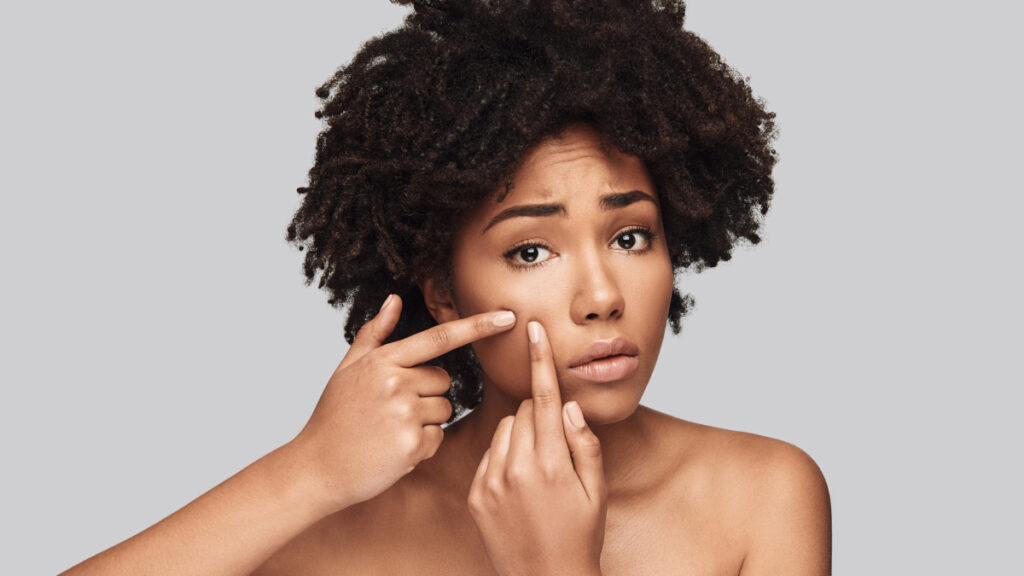Recognising pimples is not always easy, as they come in all shapes, sizes and colours. Pimples can be raised bumps with a white or yellow center. They sometimes contain pus and may be tender to the touch. Other types of pimples are small and flesh-coloured, like tiny bumps on the skin’s surface.
Some people may also notice that their skin gets oily or greasy after eating certain foods or when exposed to certain weather conditions.
To identify a pimple, pay close attention to any changes in your skin’s texture and colour. If you see an area of raised redness with what looks like a whitehead at its center, it could be a pimple. If there is no head present, it may be a blind pimple, which is a sign of infection deeper in the skin.
If the spot is large and tender, it may be an acne cyst or nodule. These types of pimples are more common on the face, back, chest and shoulders. Acne cysts are painful to touch and can cause scarring if they become inflamed or infected.
To make sure that you’re dealing with a pimple rather than another type of skin condition like eczema or rosacea, seek medical advice from your doctor. If necessary, they can advise further steps such as prescription medication or other treatments to help manage your skin issues. With proper care and treatment, you can have clearer, healthier-looking skin.
Remember that everyone’s experience with pimples is unique and can vary depending on individual factors like genetics, diet and lifestyle.
Taking the time to learn how to recognize the different types of pimples can help you better understand your skin and identify any potential issues quickly. By doing this, you may be able to prevent them from becoming more severe in the future.
Need to speak to a doctor? Click HERE.

